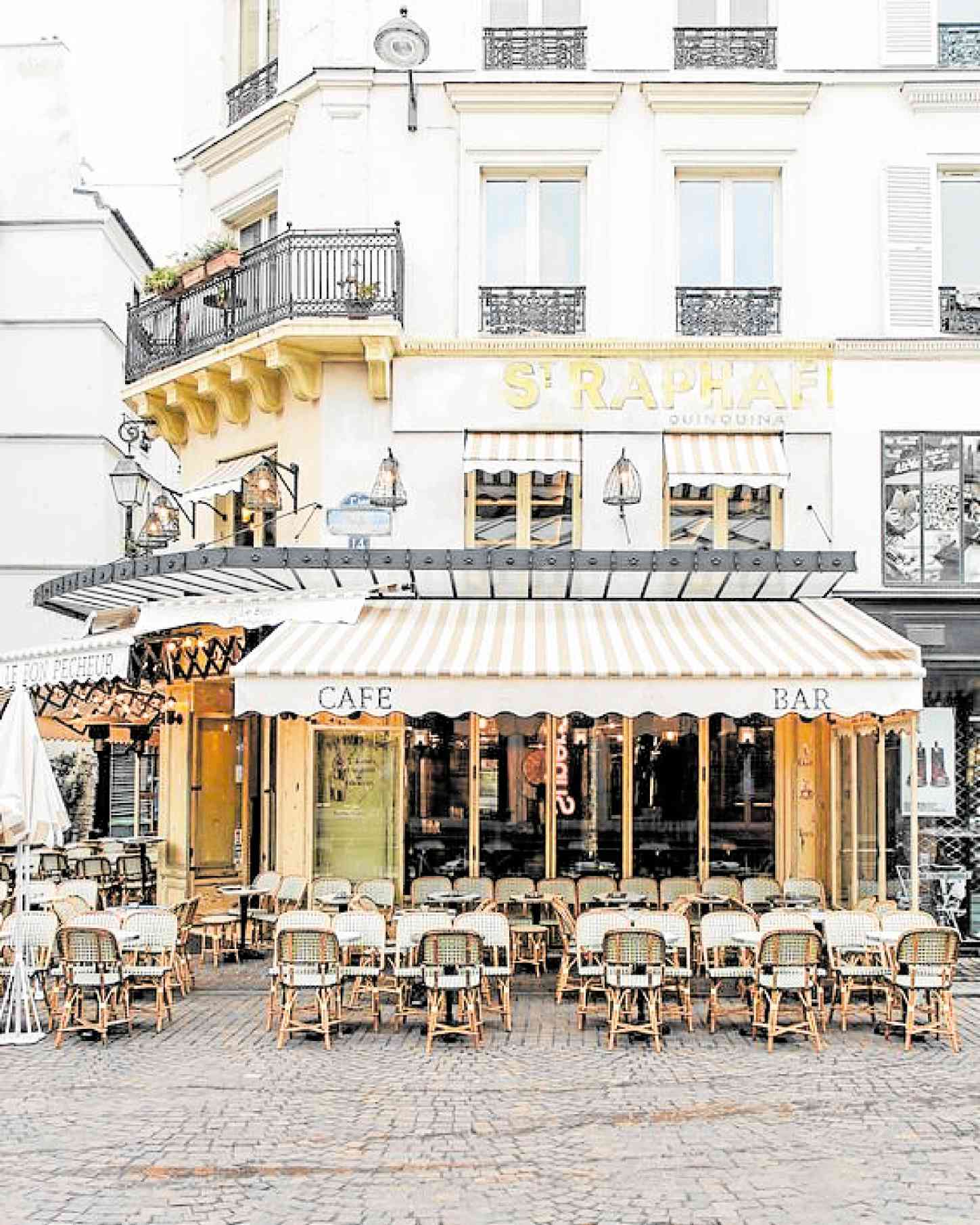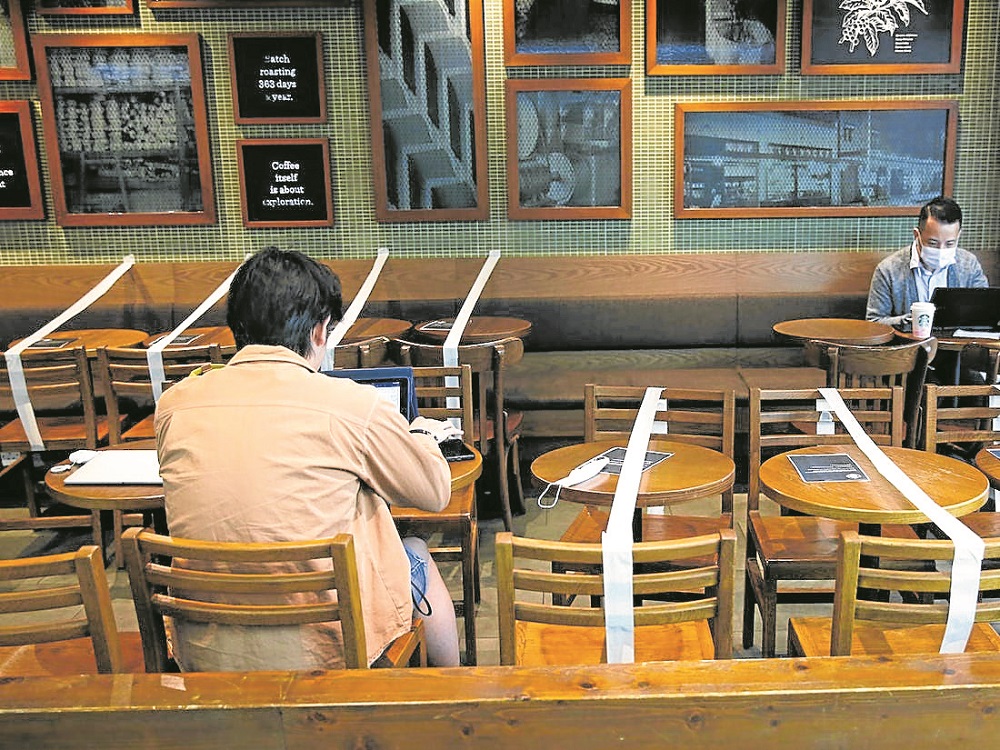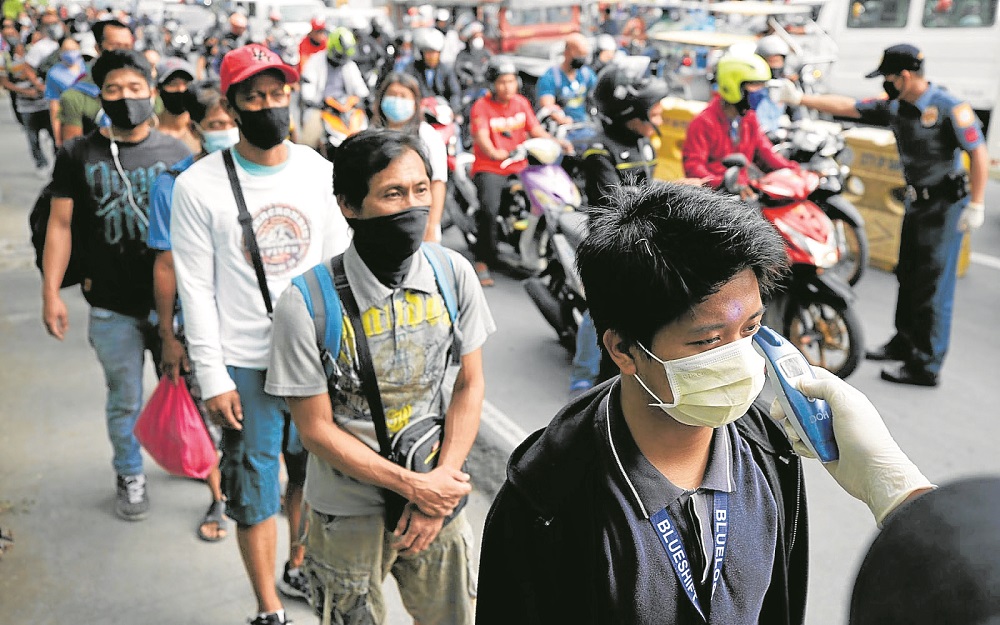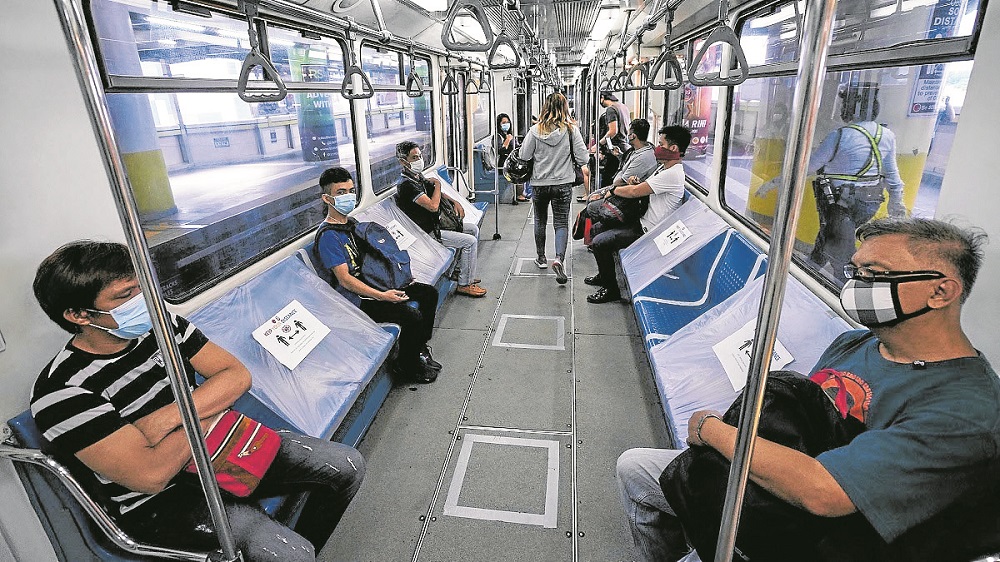New normal for the post-pandemic city
Two images of the post pandemic city have emerged.
One is the urban planner’s utopia of widened sidewalks, pedestrianized boulevards, more neighborhood parks and dedicated bicycle lanes. The other is a dystopia of empty streets and boarded-up shops, and a barren landscape in which the diversity, energy and pageantry of urban life have been replaced by a tableau of physically-distanced and masked citizens, scurrying quickly between their jobs and their homes. This is a city where restaurants and food courts are closed down or sparsely populated with physically-distanced diners, where there are no people milling on the street, no children playing in playgrounds, no basketball or volleyball events.
Post-pandemic reality
The post-coronavirus reality is likely to lie somewhere in-between. There will be more bike lanes, but there will be more private cars due to the lingering fear of trains and buses. There will also be fewer luxury condominiums, less foreign wealth and less sterility. Many existing shops will shutter, but new ones will open. For the next year or two, our streetscapes will have an altered look and feel, some of which we are already experiencing.
Mask-wearing may be the most visible change. Children will wear them as they go back to school in which the classrooms have been reconfigured for physical distancing. Masks, visors and facial protection will be integrated into the uniforms of delivery people, grocery store clerks, police and security guards.
There will be less jostling on the street, fewer random gatherings of people. Outdoor waiting lines will be ubiquitous, in front of grocery and related stores, and especially office buildings whose occupants and visitors will have to wait to have their temperatures checked.
There will be vacant storefronts and fewer restaurants and coffee shops. Those that will survive will have fewer seats, as their tables will be designed for physical distancing. Gyms and fitness studios will remain shuttered or be less crowded than they were before the pandemic. So will stadiums as there will be no large sporting events.
The way we work will change, too, above and beyond the fact that more of us will do so from home. When we do return to work, offices and commercial districts will look and feel different. All those young people with multiple roommates will need to work somewhere outside of their packed apartments.
Some of those currently working from home will return to work fully on-site in offices, while some will work at the office at least half of the time. Some of the changes at work may be as simple as rearranging furniture to promote physical distancing. Some may be much more expensive and intrusive, like installing infrared sensors to monitor people’s temperatures. There will be substantial queues in offices to avoid overcrowding in the elevator.
Getting from place to place will be different, too. Fear of trains and public transport is likely to linger regardless of whether or not they can be made safer through a combination of mask-wearing and physical distancing.
Streets that were virtually empty during the total lockdown will be ever more flooded with traffic as more commuters take to their cars. In some cities, people will walk or bike more to get around. Rush hours will feel different, too, as companies will alter their schedules, with workers clocking in on different days and in staggered shifts.
Enduring changes
It is impossible to predict in advance which changes will stick, and how much and to what extent our cities and towns will ultimately change. But it is safe to say that the changes that will persist are those that make our cities safer, healthier and more efficient.
The most enduring changes will likely be in the built form and infrastructure of cities, including the use of surveillance technology to track and trace the virus, even as mask-wearing and physical distancing fade from our collective memory.
The COVID-19 crisis revealed how much of today’s urban infrastructure and open space are poorly equipped to handle crowds and physical distancing. Sidewalks are too narrow and congested, and too much space is handed over to cars and parking. As cities reopen and recover, their streets and avenues will be reconfigured with clearly marked lanes for walking, biking, cars, buses, delivery and ride-sharing—something urban planners have long called for.
Ultimately, the virus itself will determine the timeline of our recovery and the shape that cities and society take on in its wake. Many if not most of these changes in the look and feel of our cities and the rhythms of our daily life will fade over time, just as they did after previous pandemics.
If a vaccine becomes available soon, the changes will be relatively small. But if the pandemic comes back in the next 12 to 24 months, or if the financial, economic and social crises that have arisen alongside it deepen substantially, the changes will be longer lasting, and some may be permanent.
Nathaniel von Einsiedel is a Fellow of both the Philippine Institute of Environmental Planners (PIEP) and the United Architects of the Philippines (UAP), and the Principal Urban Planner of CONCEP Inc.




